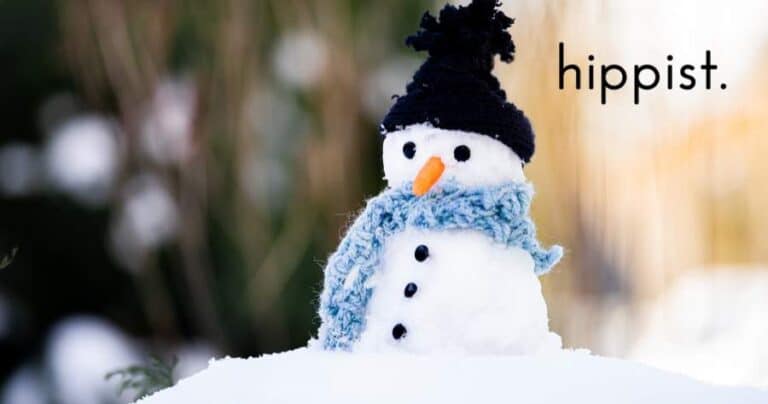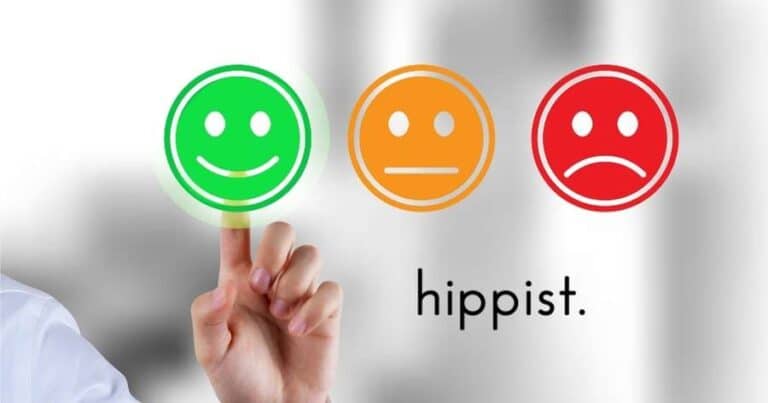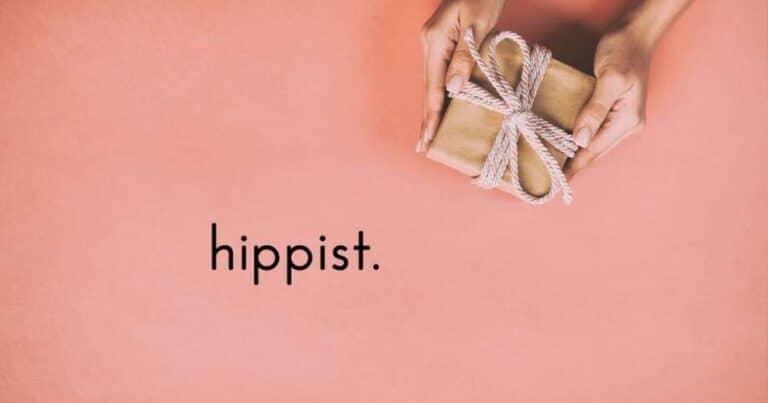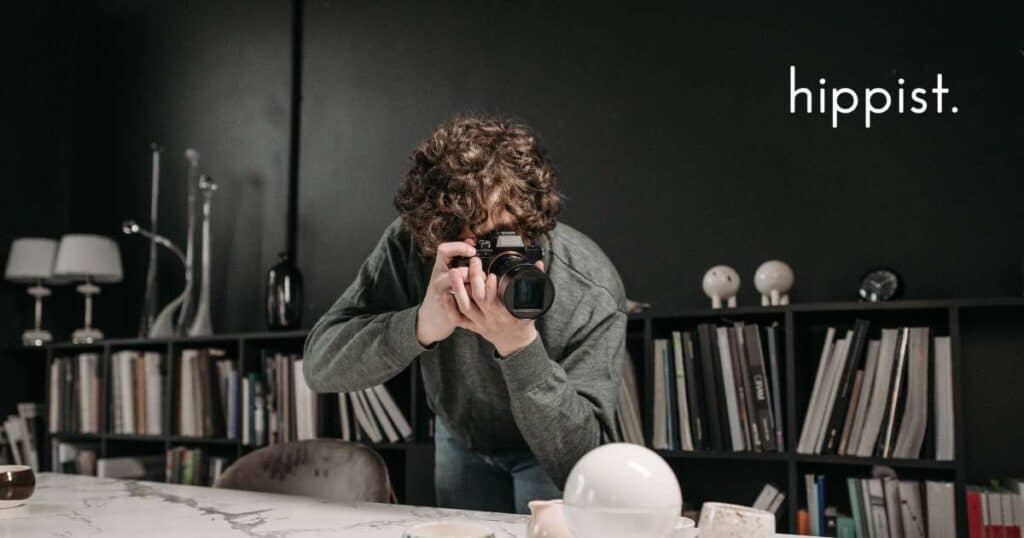
Great product photos don’t just look good — they drive sales.
In a world where e-commerce decisions are made in seconds, your product visuals are the first — and sometimes only — chance you have to convince a shopper to click “Add to Cart.” But what actually makes a product photo convert?
We’ve broken it down into 7 data-backed elements that separate high-performing visuals from forgettable ones — and how AI-generated product photography makes it easier than ever to hit them all.
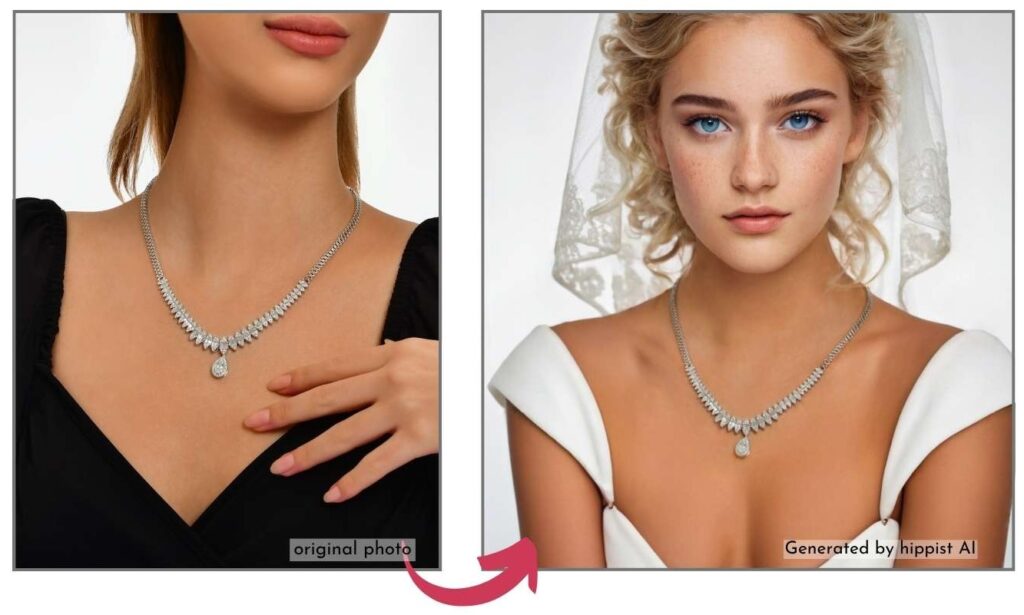
1. Clarity and Sharpness
The #1 reason shoppers bounce? Blurry or low-quality images.
- 93% of consumers consider visuals to be the key deciding factor in a purchase.
- High-resolution, well-lit photos increase time-on-page and trust.
AI advantage: Generate ultra-clear, professional-quality images with optimized lighting and sharpness — even from a basic phone shot.
2. Clean Composition
The best converting photos follow simple visual rules:
- Centered or rule-of-thirds placement
- No distracting backgrounds
- Proper spacing and product visibility
AI advantage: With tools like hippist AI, you can instantly place your product in a well-composed scene — from clean studio setups to styled flat-lays.
3. Context: Show, Don’t Tell
People want to see the product in action:
- On a person, in a home, being used, worn, gifted, or opened
- Context boosts conversions by helping users imagine ownership
AI advantage: Add models, hands, or real-life environments to your images — all without a photoshoot.

4. Emotional Relevance
Visuals that trigger emotion outperform those that don’t.
- Smiles, comfort, elegance, fun, or even minimalism — it should match your brand and audience
- Emotional resonance increases engagement and shareability
AI advantage: Create seasonal or audience-specific visuals (e.g. cozy Christmas scenes, romantic Valentine’s Day setups) to match the moment.
5. Visual Consistency
Inconsistent image quality across your site or social media weakens trust.
- Brands with cohesive visuals see up to 33% more revenue
- Matching colors, lighting, and angles reinforce identity
AI advantage: Generate variations with consistent styling across products, collections, and platforms — no matter the format or season.
6. Multiple Angles and Variants
One photo isn’t enough. Top-converting listings include:
- Front, back, side, zoomed detail
- Lifestyle + plain versions
- Variants for color, size, etc.
AI advantage: Create multiple views and variants quickly — including alternate backgrounds, scenes, and product colorways.
7. Testability and Speed
A/B testing isn’t optional — it’s essential.
- Visuals have a huge impact on CTR and conversion in ads
- Brands that test 3+ visuals per campaign see significantly better ROAS
AI advantage: Generate and test multiple image styles, fast — with no added cost or setup time.
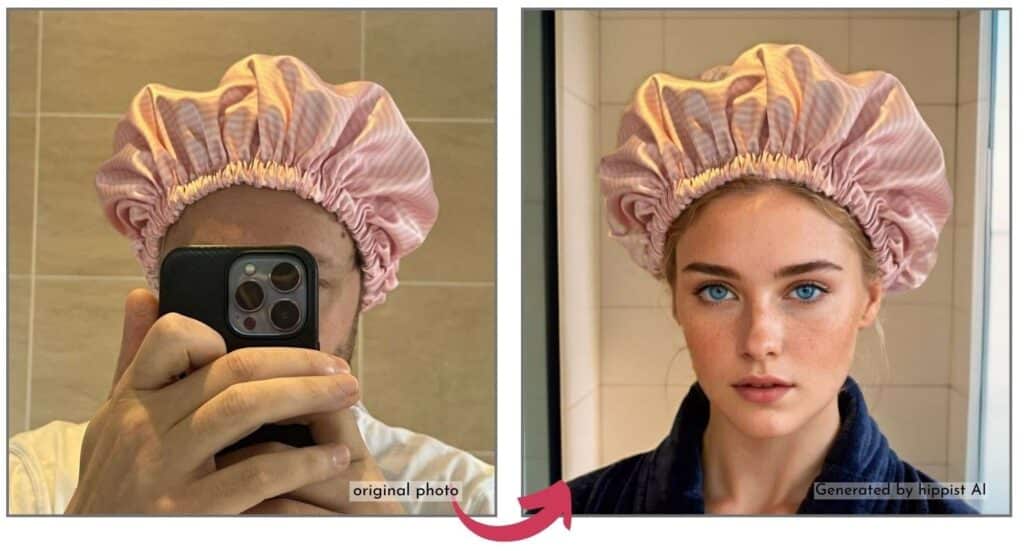
Summary: The 7 Elements That Make Product Photos Convert
| Element | Why It Matters | How AI Helps |
|---|---|---|
| Clarity | Builds trust | High-res rendering |
| Composition | Captures attention | Smart framing & styling |
| Context | Adds realism | Lifestyle scenes & props |
| Emotion | Sparks engagement | Seasonal/mood visuals |
| Consistency | Builds brand identity | Style-matching engine |
| Variants | Shows completeness | Auto-angle generation |
| Speed | Enables iteration | Instant A/B test assets |
✨ Final Thought
You don’t need a $5,000 shoot to create product photos that convert.
You need the right elements, and the right tools.
AI photography platforms like hippist AI help you tick every box — clarity, emotion, context, consistency — and do it all faster, cheaper, and at scale.
Want to create photos that don’t just look good — but sell?
Try hippist AI today and generate your first high-converting visuals in minutes.

